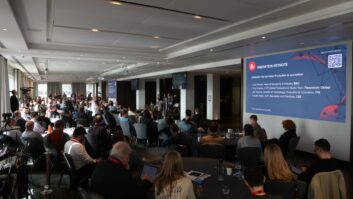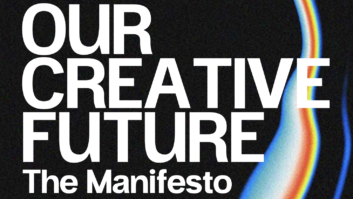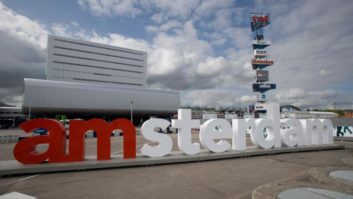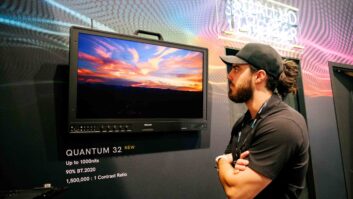NRK, the national Norwegian broadcaster, has selected TSL as system integrator and prime contractor for its new file-based production infrastructure project dubbed the Programme Bank, writes Fergal Ringrose. It is the largest single contract ever signed by NRK.
With rollout beginning in early 2007, the system will provide access and direct control over programmes in production, raw material, and online storage to 3000 users across all 13 NRK production sites.
NRK’s ambitions and detailed requirements called for a high level of integration across multiple domains as well as across new and legacy production technologies, which present a major challenge to the broadcast industry.
The essential parts of the system comprise a 5,000-hour Omneon production server system, allowing direct editing on the server media using Final Cut Pro editing clients, and a 60,000-hour StorageTek production tape library governed by a powerful MAM (media asset management) system.
The MAM system is based on the OmniBus OPUS suite of applications including workflow control, which presents the user with the exact tools needed for an individual task, and a web client that enables intranet-based searches, browse, and keyframe viewing across the varied platforms used throughout NRK. It is deeply integrated with NRK’s enterprise-wide legacy OmniBus device control and automation system and thus bridges the gap between the new and legacy systems.
The pre-planning and detailed functional specification of the project has taken about two years, and during these formal procedures, NRK made use of consultancy work from NOB Cross media facilities in the Netherlands.
The Programme Bank project will be implemented in stages, the first to be used by the new Children’s Channel in autumn 2007. The completion of the project, including comprehensive training of NRK staff, is planned for late 2008.
NRK’s Technical Director, Arild Hellgren, said: “By integrating best-of-breed technologies from leading suppliers, we aim to remove isolated production islands and make better use of NRK’s combined assets. This will result in increased programme output and efficiency for the multitude of distribution platforms, including a third channel on the new DVB terrestrial network. By using a system integrator, we expect that load will be taken away from essential NRK personnel, allowing them to work on tailoring this new infrastructure into a set of streamlined workflows.”







